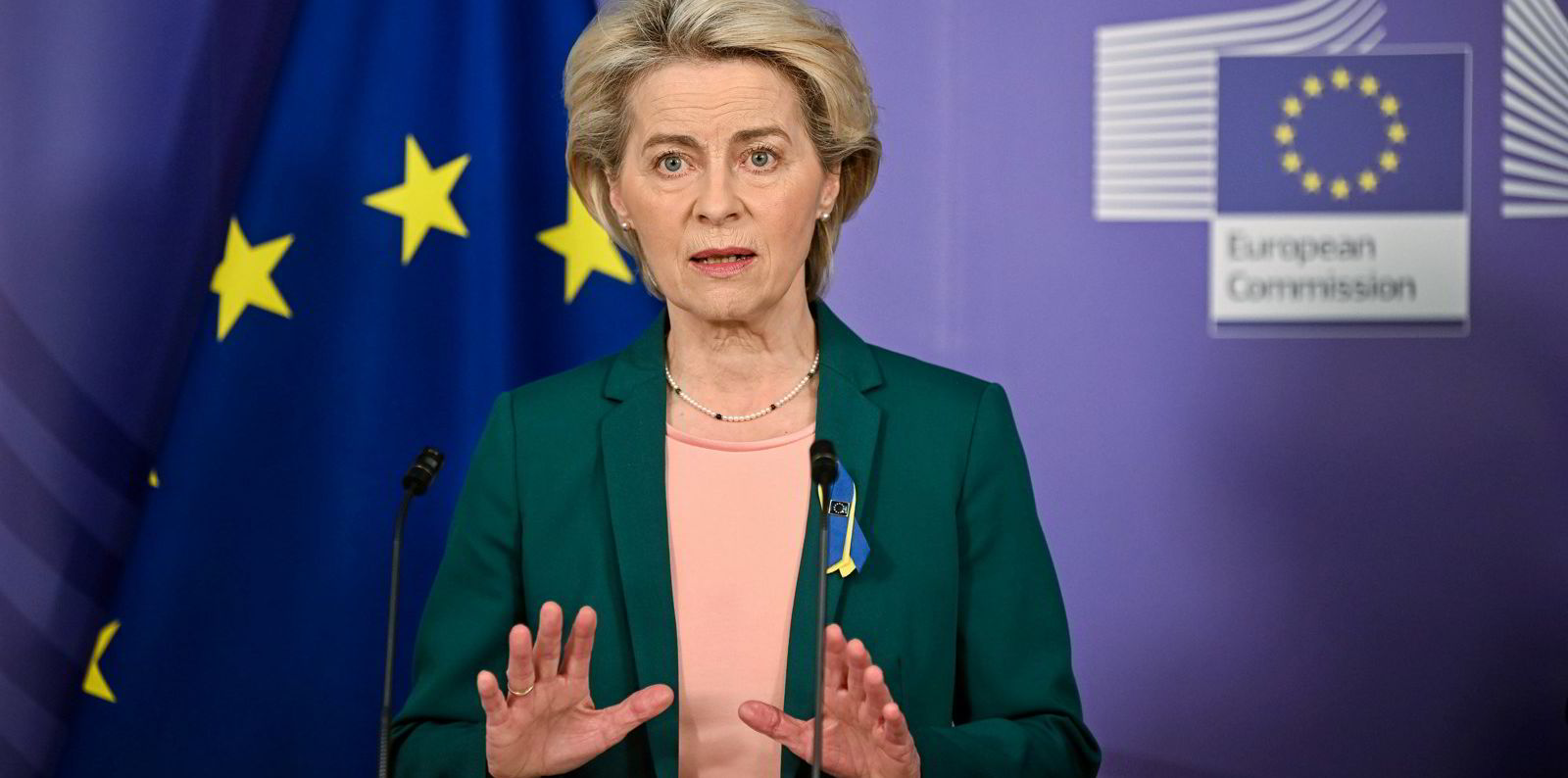Europe had already begun ramping up coal purchases from alternative sources before it announced plans to ban Russian coal, according to statistics from broker Banchero Costa.
Between January and March 2022, imports of coal from the US increased more than 60% year on year to 4.4m tonnes, while those from Colombia were up over 50% year on year to 3.4m tonnes.
Despite this, Russia still accounted for 38% of Europe’s coal imports in the first three months of 2022, with volumes totalling 9.3m tonnes, down 0.4% year on year.
However, in March, Europe imported 3.1 m tonnes of coal from Russia, down 13.8% year on year, but still accounting for 32% of the European Union’s total coal imports last month.
The EU is now the fifth-largest seaborne importer of coal in the world, after China, India, Japan and South Korea.
Last year, the bloc accounted for 7.5% of global seaborne coal shipments importing 81.1m tonnes.
In the first three months of 2022, coal imports increased 23.6% year on year to 24.5m tonnes, making Europe the only major region aside from South Korea to post an increase in coal imports.
“If we assume that the coal volumes coming from Russia will be replaced with equal coal volumes from elsewhere, then the only realistic alternatives are Colombia, the US, and Australia,” Banchero Costa’s Singapore-based head of research, Ralph Leszczynski, told Tradewinds.
Significant spare capacity
“Colombia has Europe as its natural export market, given the geography, and was suffering from falling export volumes in recent years as Europe steadily reduced its overall coal imports. Therefore, they should have significant spare capacity.”
Leszczynski said Australia is also looking for alternative markets as it continues to suffer from China’s ban on its coal.
“South African and Indonesian coal, on the other hand, is already heading to India and China and are close to maximum export capacity, so it would not make much sense for Europe to compete with India and China.”
Leszczynski said there will also probably be an element of demand destruction due to the surge in coal prices, which are now triple what they were a year ago, making electricity more expensive.
“Europe will likely go into economic recession and will consume less electricity, and therefore consume less coal overall,” he said.
Leszczynski added that at such elevated coal prices, this re-evaluates the economics of coal production in Europe.
“Poland, for example, used to produce as much as 200m tonnes of coal a year 20 years ago, but this is now down to just 60m tonnes a year,” he said.
“The reason was economics, as production was loss-making and uncompetitive versus Russian, Colombian or South African coal.
“With coal prices now so high, and possibly rising further, perhaps coal production in Poland and other European countries can be reconsidered in coming months,” he said.






